IDSA Asian Strategic Review 2008, the second volume in the series of Annual Surveys revived by the Institute in the previous year, is divided intro six sections. The first section, on international security, discusses some significant developments in the Asian security landscape, while taking stock of the persisting, unresolved concerns. The issues covered include space security in the aftermath China’s anti-satellite test of 11 January 2007, energy security in the face of galloping oil prices, the growing concern regarding climate change, an evaluation of the current state of the global war on terror, and the evolving situation in Iraq, the safety of Pakistan’s strategic assets, and an assessment of the Sixth Biological and Toxic Weapons Convention. The next section focuses on the theme related directly to India’s security concern. Accordingly, India’s strengthened partnerships with the United States and Russia, its ocean security in the backdrop of capacity additions to its Navy, India’s Look East policy with Imperatives for Northeast security and India’s acknowledged most pressing internal security challenge, the Maoist insurgency, are analysed in depth. During the period under review, a number of countries in South Asia -Like Pakistan, Bhutan, Nepal, Bangladesh-have experiences a process of political transition. Clouds of anxiety and uncertainty still hang over come of these processes. Afghanistan remains politically unstable and mired in violence. The ethnic conflict in Sri Lanka id degenerating by day without much hope for a viable political solution. Section III deals with these intricate issues of regional turbulence and underlines implications of them for India’s own security and stability. Section IV contains two articles dealing with strategic trends in central Asia and the growing strength of the Shanghai Cooperation Organisation (SCO). The next section on east Asia and the Asia-Pacific region contains chapters assessing the implications of China’s Seventeenth Party Congress, an analysis of the relationship between Hu Jintao and the PLA, an examination of Myanmar’s internal politics, Myanmar in the China-India equation, political developments in Japan after the end of Shinzo Abe’s prime-ministerial term, and the challenges confronting the Association of South East Asian nations (ASEAN). At the end of this volume, Statistical Appendices provide useful data, charts and tables relating to Asia’s defence and energy sectors.
Foreign Policy of Nepal
$46.80
$52.00

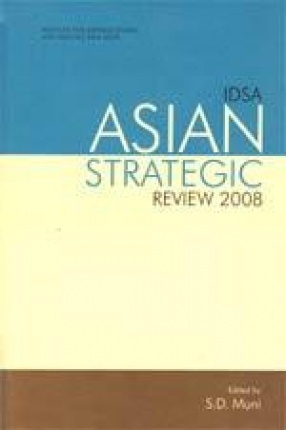
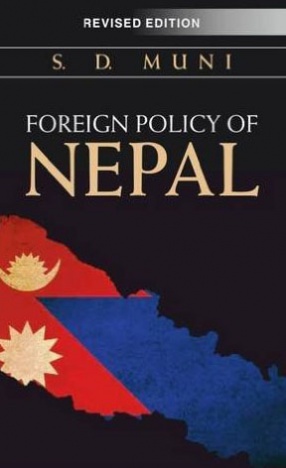
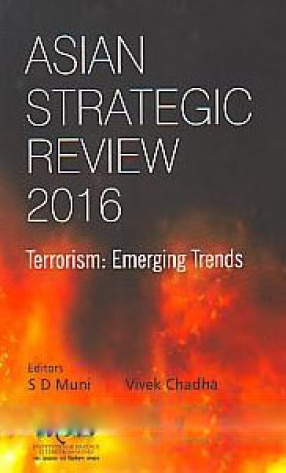
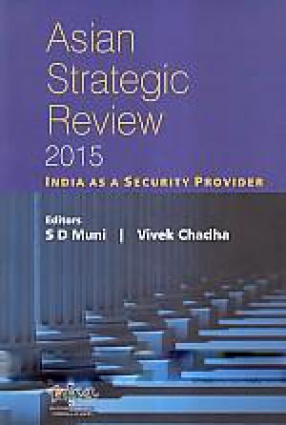


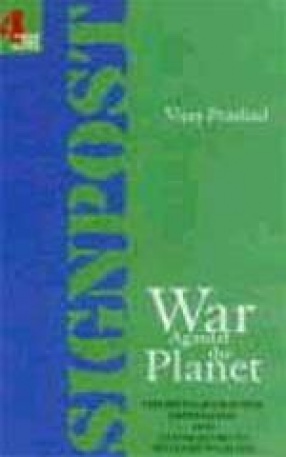
There are no reviews yet.